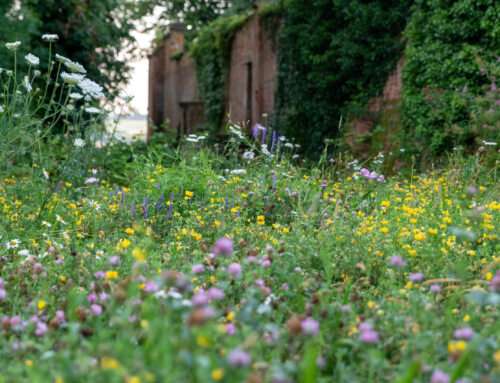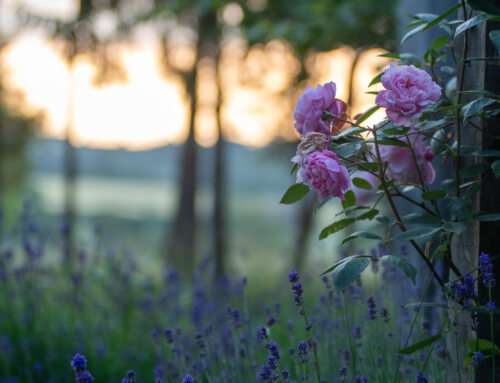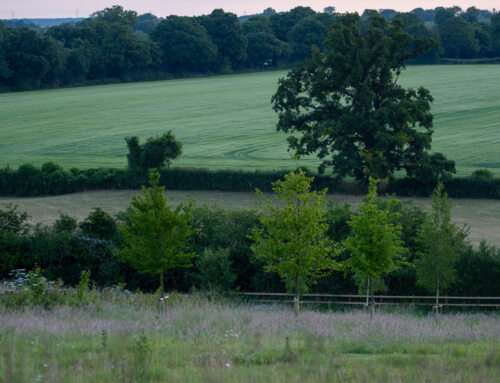How to Choose a Greenhouse for Your Garden
Due to their increasing popularity, greenhouse selection has been a frequent topic of conversation amongst the Nicholsons designers recently. These decorative and practical features enable gardeners to establish productive crops and ornamental plants, regardless of the weather or growing region.
Trend-setting glasshouse restaurants have increased the popularity of greenhouses to expand people’s homes, becoming outdoor rooms for dining and relaxation.
If choosing a greenhouse is on your wish list for 2024, its intended use should be the presiding discussion point. As a self-confessed plantaholic, my desk at home is littered with seed catalogues and handwritten notes of the ornamental plants that I want to propagate for my own garden later this year. For me, the fundamental reason for choosing a greenhouse would always be to provide a protective environment to propagate perennials.
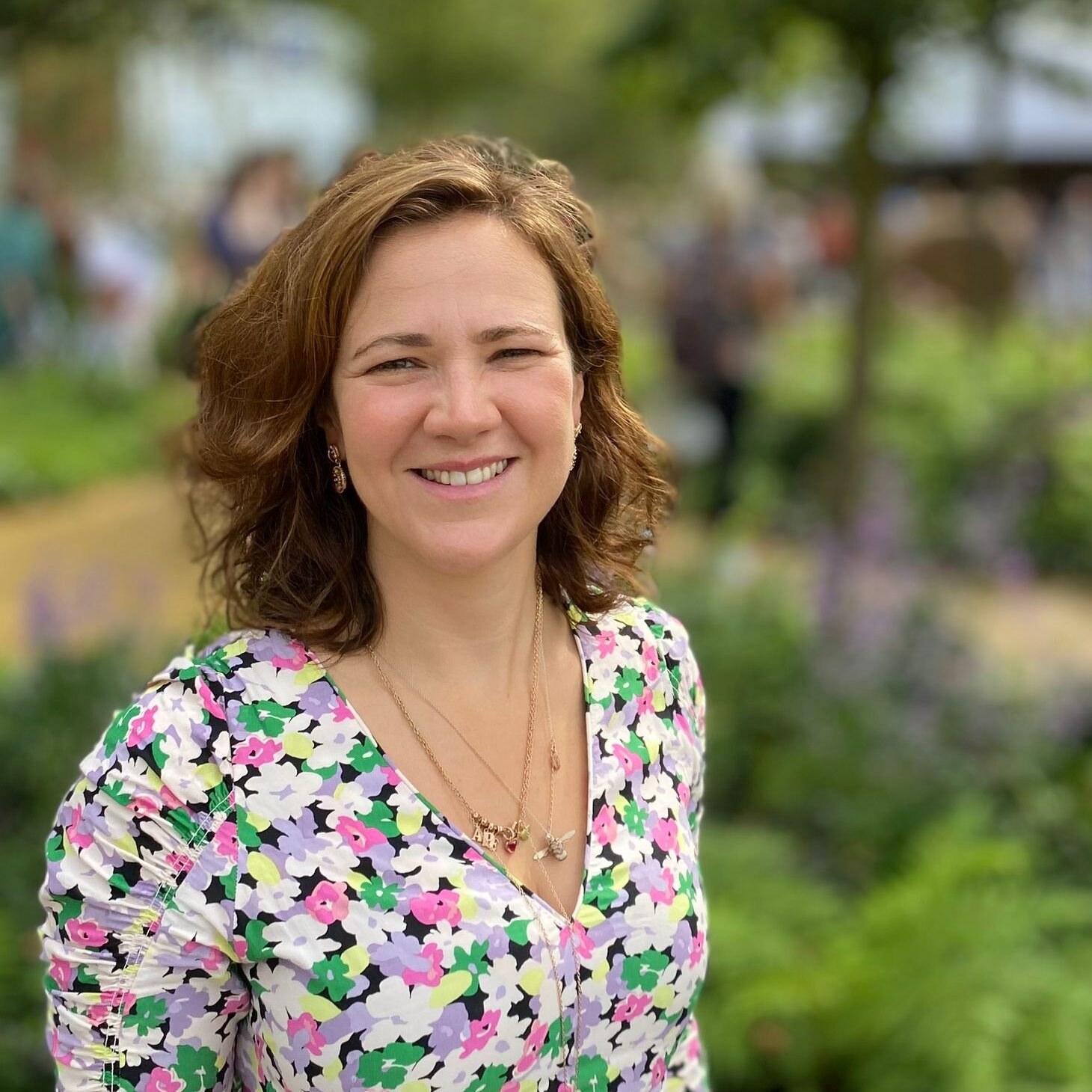
By Nancy Molyneux – Assistant Garden Designer
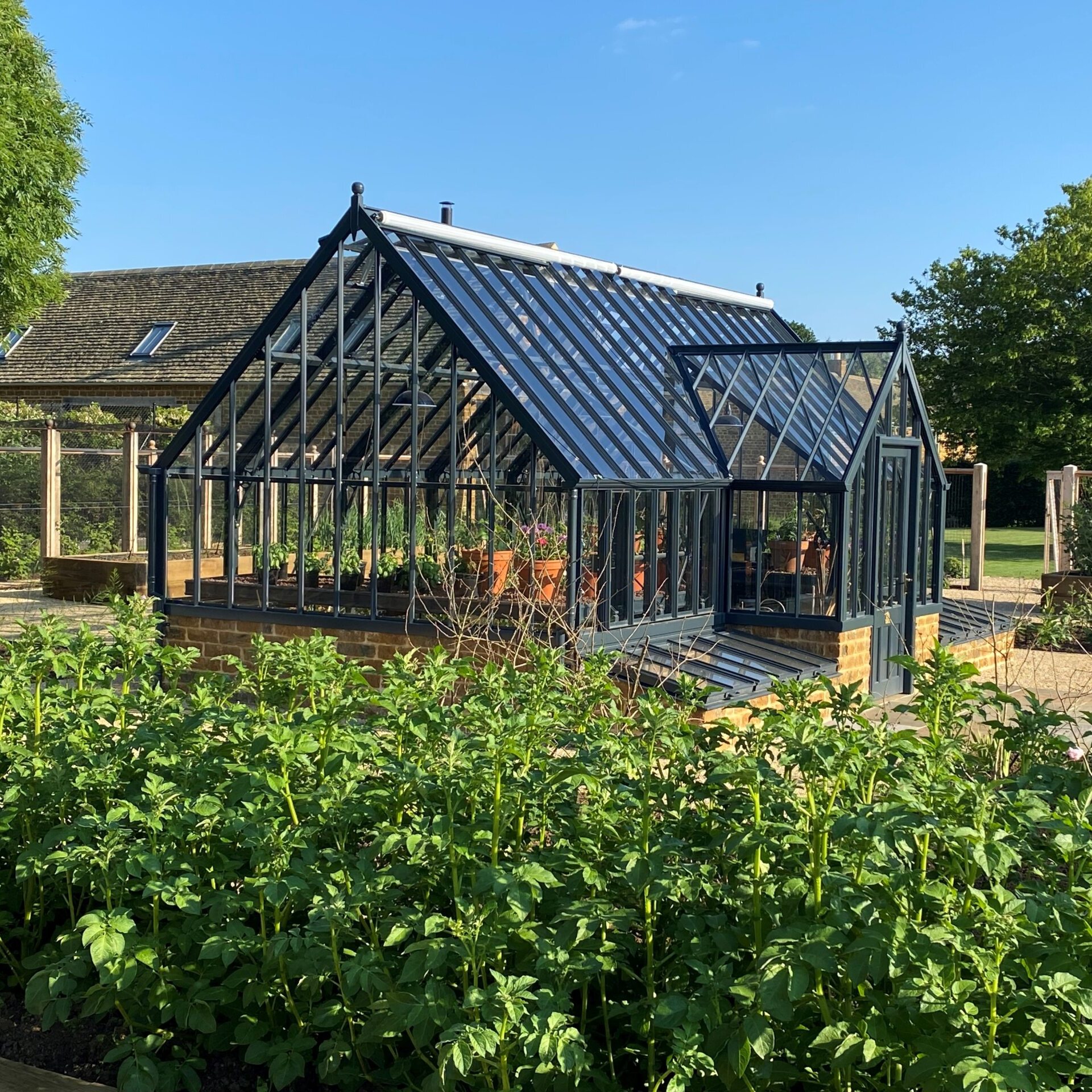
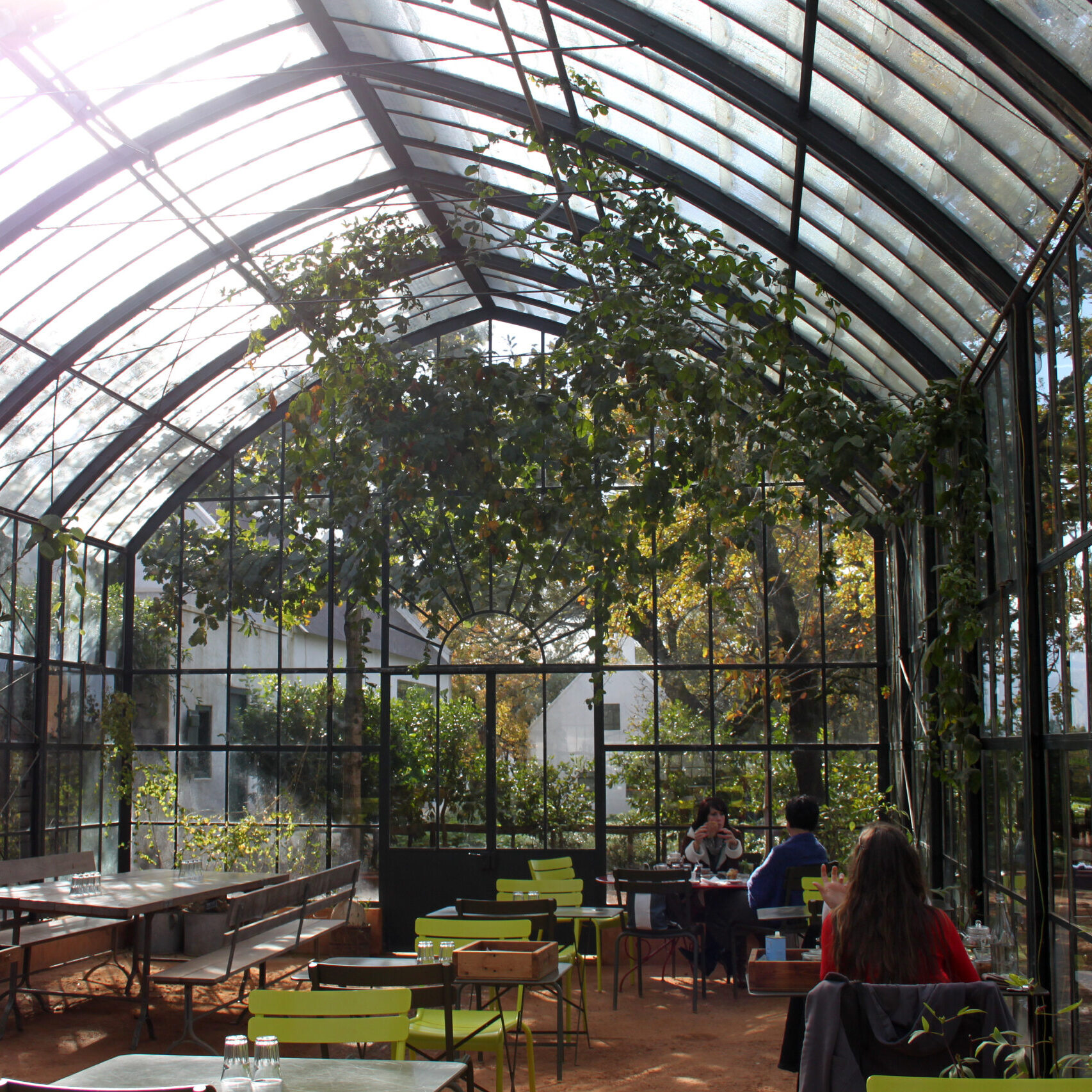
For clients, discussions usually revolve around achieving the following outcomes:
- A protected location for propagation and starter plants.
- An extension of the growing season by allowing you to start seedlings earlier, resulting in well-developed plants when the weather improves in spring.
- Protection from unpredictable, yet increasingly common, weather events such as late frosts, cool springs and heavier rain and hail.
- Protected seeds and seedlings from soil and airborne pests and diseases.
- A potting shed and storage space where garden suppliers are kept under cover and harvested crops can be brought inside to store.
- A sheltered environment for dining and relaxing.
- A location to display and store plant collections such as tender pelargoniums.
Once we have established what a greenhouse is for, I would then discuss the impact of temperature choice with clients. There are typically three different temperatures greenhouses can be set to – hot, warm and cold.
A hot greenhouse is kept at around 21 degrees Celsius on average across the year. So, if you are looking to grow exotic plants this year, this option may be for you. Locally, you can experience this type of ‘escapist’ greenhouse at the Oxford Botanic Gardens Rainforest House and the Blenheim Palace Butterfly House.
A warm greenhouse has a temperature of around 12 degrees Celsius on average across the year. In this stable environment, you can grow plants that may not otherwise survive outside. However, in winter months, the plants may require additional heat or light to thrive. Some of the Nicholsons team enjoyed seeing the warm greenhouse at Soho Farmhouse, which is currently being used to protect a collection of crop-bearing banana plants. You might also consider a warm greenhouse if you want to provide an alternative seating and dining area in your garden.
Here in the studio, a cool greenhouse is the most popular choice. Set at a yearly average temperature of around 7 degrees Celsius, it provides a ‘frost-free’ environment to start off plants and vegetables ready for the summer months.
The next topic for consideration is the greenhouse location on a garden masterplan. Of course, greenhouses for horticultural purposes sit well in the productive part of your outdoor space – within a kitchen or cutting garden. In the image to the right, you can see how Liz Nicholson has created a focal point in a cutting garden using this stunning Cotswold stone greenhouse amongst a sea of flowers.
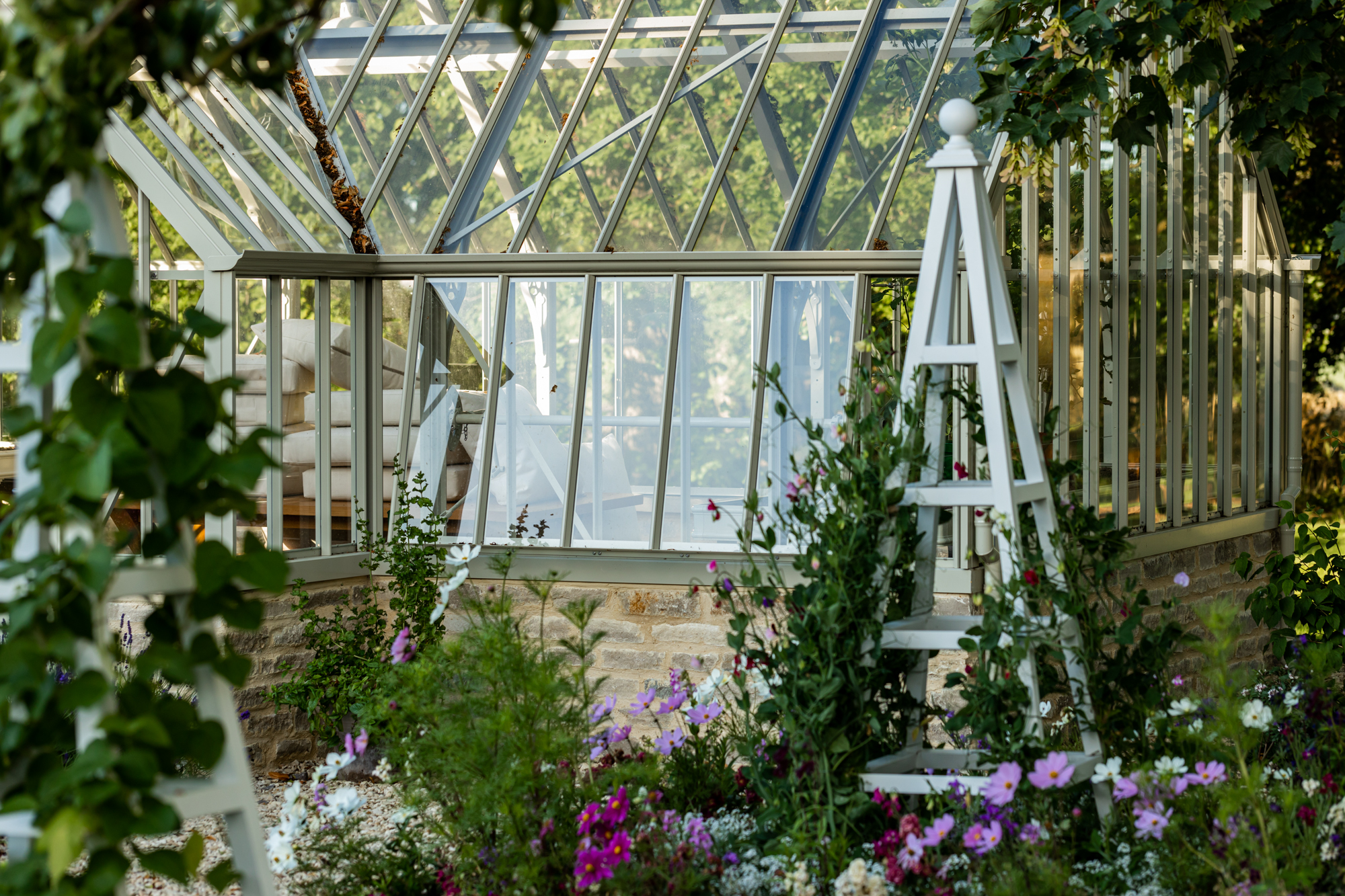
For best results, a greenhouse should be located where it can receive some sun throughout the day so try to avoid placing it directly under trees. An east to west orientation is recommended because it will extend light levels slightly during the winter. However, if a client prioritises a summer crop such as tomatoes, then a north to south orientation will help as this fruit will receive an equal and decent amount of east and west light throughout summer days.
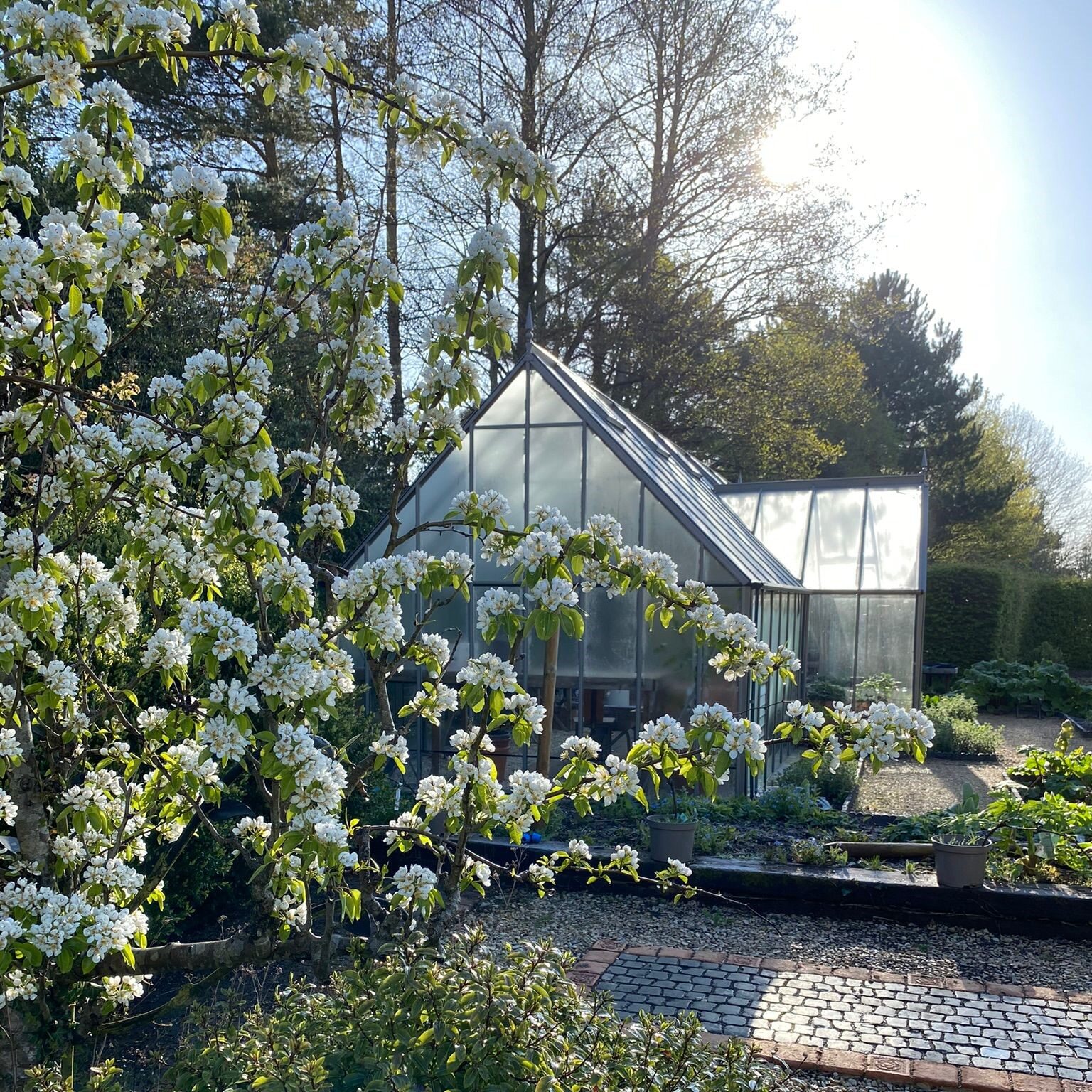
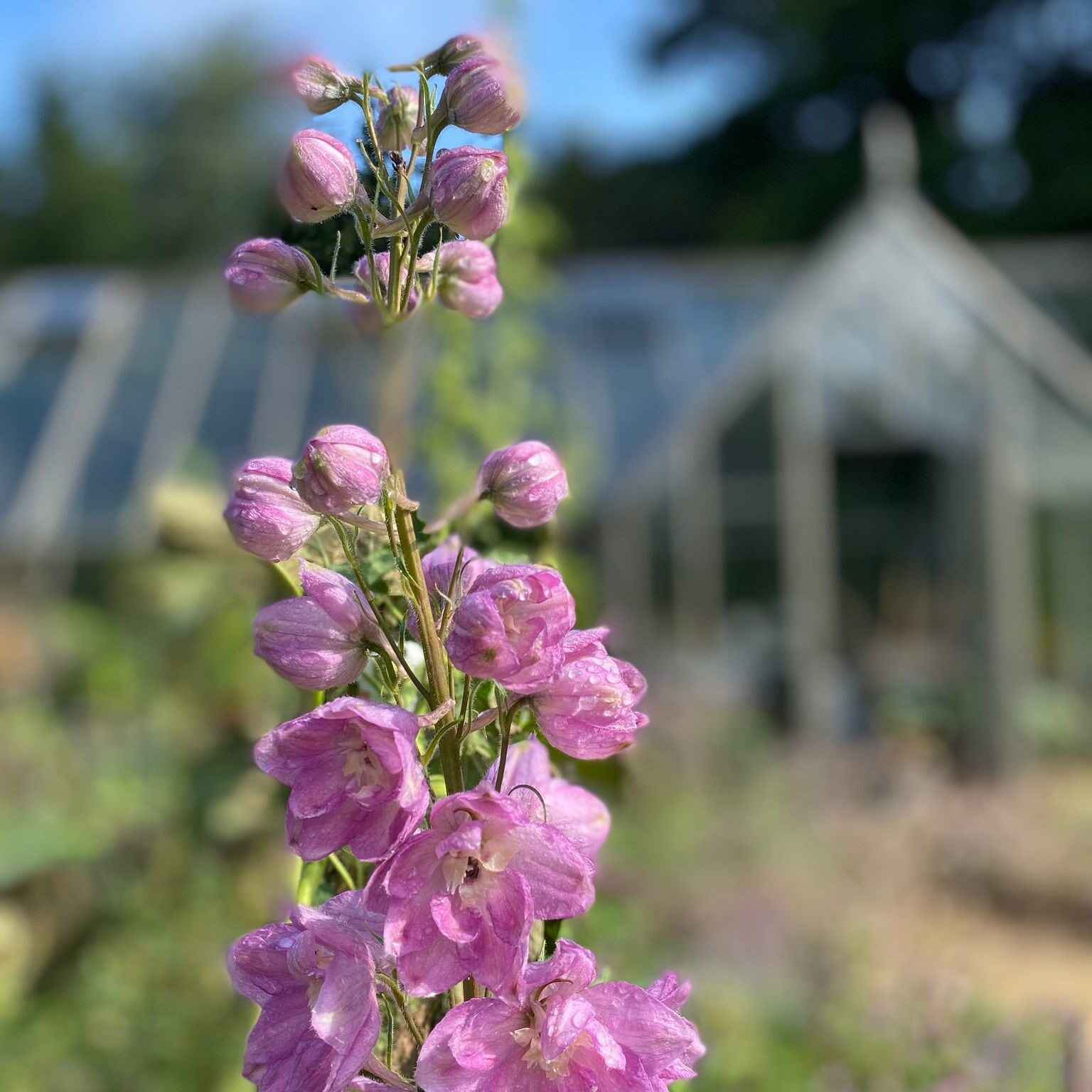
It is also important to consider the material used to make your greenhouse frame. The good news is that new materials have made greenhouses less expensive and longer lasting. The variety of materials and their features include:
- Aluminium: providing a strong, lightweight frame that will not rust. Powder coated aluminium retains a smooth outer finish as well as providing different colours. Aluminium glazing bars are thin which increase light levels.
- Timber: a wooden greenhouse is an attractive and traditional building material and is better suited to country and grander gardens. However, this material may need periodic upkeep. In some designs, wooden frames can be bulkier than aluminium and can cast more shade inside the greenhouse.
- Accoya: in Accoya wood, the chemical make-up within the cell wall is changed to give a marked improvement in durability, stability and strength. Exceeding the high-performance attributes of tropical hardwoods, Accoya is proven to withstand the harshest external environments.
- Steel: galvanised steel frames can be particularly strong so minimal structure can be used for frame creation.
- Brick base: some greenhouse frames are designed to sit on top of a stone or brick base. The additional aesthetic benefit is that tools, supplies and plants at a lower level are hidden from view. Consider using the same brick as your house to increase cohesion between the two spaces.
A variety of glazing materials are also available to choose from including acrylic, curved acrylic, solid polycarbonate, twinwall polycarbonate and glass.
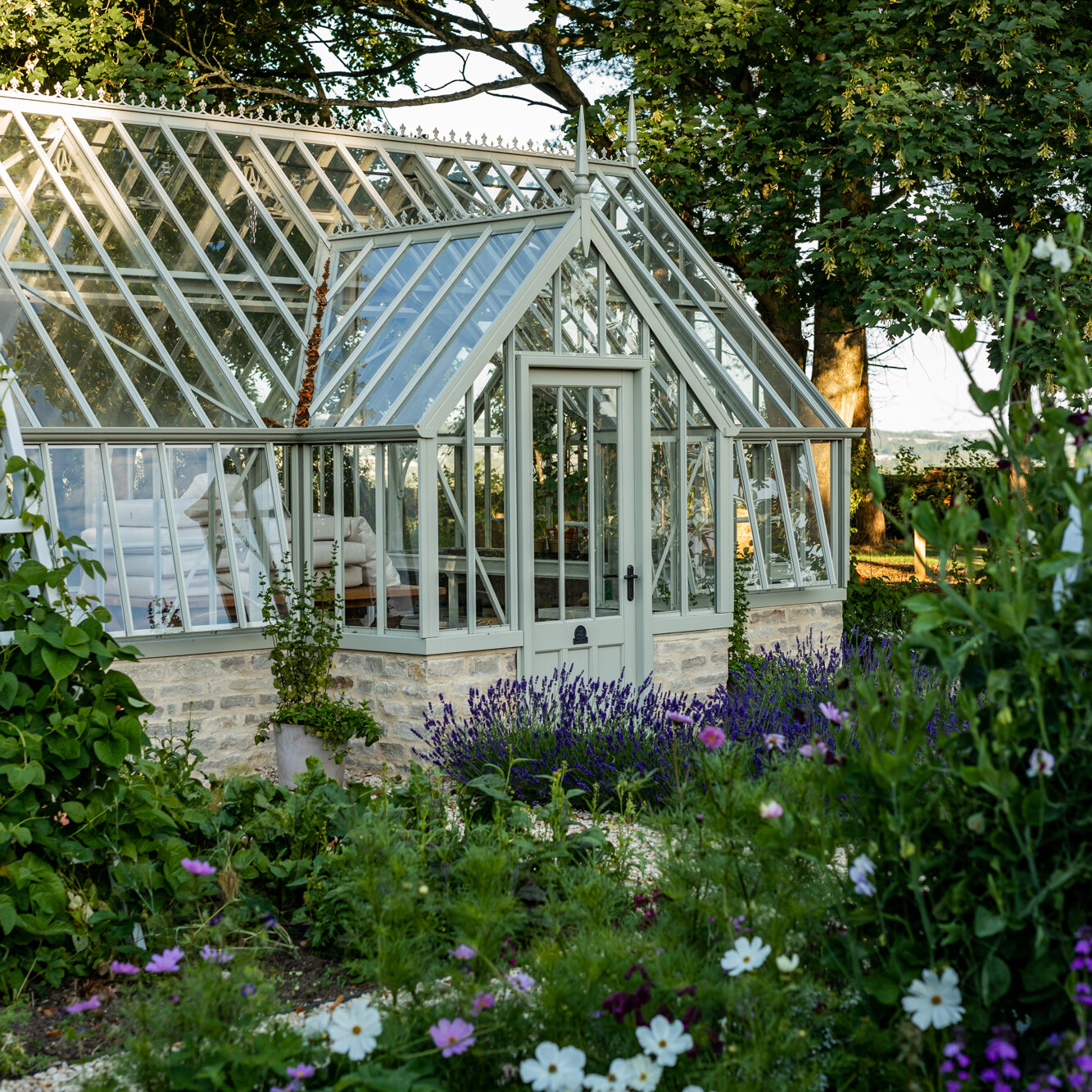
While greenhouses protect in colder months, ventilation and shading are two main processes to consider, ensuring optimum functionality throughout the summer. A greenhouse which is overheated is the principal cause of plant failure in the summer. There needs to be sufficient allowance for air to enter and escape. Vents at the top will release hot air and vents at the bottom will allow air intake. There are different options for ventilation from manual vents to solar-powered louvers, so this choice may depend on your available budget.
Shade can also be provided in numerous ways from blinds to shade cloths. For a simpler and cooler greenhouse, they may need fleecing over winter to avoid them getting too cold. Watering routines are essential to establish and accessories to support this should also be considered. There are varied options from drip-irrigation systems, drip tape and soaker hoses. Different kinds of greenhouse staging and shelving are available to allow full customisation of every greenhouse. I have always found shelves with adjustable heights to be very practical.
The Nicholsons Design Studio has been designing beautiful gardens since 1997. If you are interested in adding a greenhouse to future garden designs, please contact us on gardendesign@nicholsonsgb.com.

